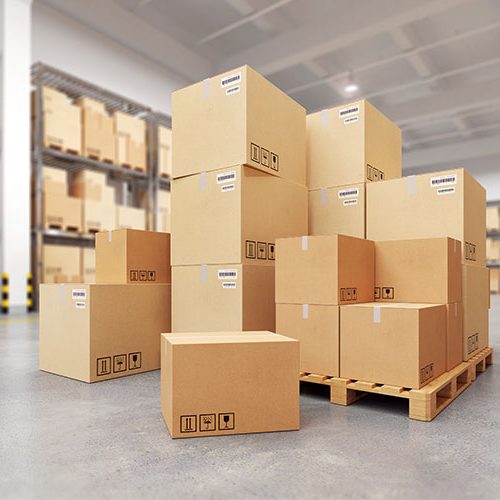To the uninitiated, it might seem fairly obvious why expanding businesses experience cash flow problems. When a business expands, it might have extra revenue (that’s why it’s expanding) but it now also has new things to pay for. The entire infrastructure of a business (pretty much every aspect of it) needs to be ramped in order simply to cope with doing more business.
Cash flow problems arise not when insufficient revenue is being generated, but when that revenue is not coming in at the right time to meet financial obligations. In other words, the money is coming in, but it is not there when it needs to be. That is the essence of a cash flow problem and it’s easy to see why expanding businesses, with suddenly more financial obligations, can run into this problem.
Dealing With, and Preventing, Cash Flow Problems
The first thing to note is that this analysis is not incorrect – in fact, it is totally correct – but merely that things are a good deal more complicated than that. This is something that any small business owner will soon notice when operations start ramping up. FastFACTR, an invoice factoring company out of Utah, and they say that businesses in this position make up a very large portion of their client base. Invoice factoring involves borrowing the money promised by an existing invoice before the invoice has been paid. When it is paid, the business pays back the factoring company with the addition of a small fee.
This is undoubtedly one of the best ways of dealing with a cash flow problem but preventing a cash flow problem is another matter. And for that, some closer analysis of why expanding businesses run into cash flow issues is certainly required.
Top Reasons Why Expanding Companies Experience Cash Flow Issues
The following factors also cause cash flow issues. If you find yourself in this situation, you need to understand these in detail. That way, you can both deal with them and see them coming.
Increased Inventory Requirements
It doesn’t matter whether you are a retailer or a wholesaler. Unless you’re a manufacturer, then you need to get the stuff you sell from somewhere. And, if you are expanding, you will need more of it. Stock must be purchased comfortably in advance of sales, and you need to have the money at that time in order to do that. If you don’t, you have a cash flow issue.
Variable and Stepped Costs
Costs are categorized as fixed and variable. The fixed costs you will be able to meet because they do not change, and you were paying for them before the expansion. Variable costs, however, can step up as you expand – and not necessarily exactly in line with revenue increases. Machinery added to a production line, for example, might be a necessary purchase to meet new levels of demand, but it might cost more than the increased revenue can cover.
A Slow Working Capital Cycle
Defined as the time taken to turn assets or stock into cash, the working capital cycle does not necessarily get faster as the amount of that capital increases. In fact, it might do nothing of the kind. If it doesn’t, the steps needed to fix the problems are never quick fixes. This can cause serious cash flow problems, albeit temporary ones.
Cash flow problems as you scale up a business are one of the most common problems you will encounter. That does not mean they will be easy to fix, but it does mean there is a lot of advice to turn to.




